Jukheon Traditional House [Korea Quality] / 죽헌고택 [한국관광 품질인증]
18.2 Km 513 2023-09-05
24 , Taejangjukheon-gil, Andong-si, Gyeongsangbuk-do
+82-10-5217-2174
Jukheon Old House is an old house near Bongjeongsa Temple in Andong, Gyeongsangbuk-do. Originally built in 1886 by independence activist Kim Ga-jin, it was later acquired by Jukheon Lee Hyeon-chan and until recently was used as a family gathering place for jaesa ancestral rites. There are three 2-person guestrooms (Jukheon Gallery Room, Seojae Room and Elizabeth Room) and one four-person room (Jukheon-dong Farm Room). Visitors can explore the old thatched millhouse with its ancient treadmill, or enjoy a walk along Queen Elizabeth Road to Bongjeongsa Temple. A simple complimentary breakfast is provided.
Seoksong Garden (석송가든)
18.3 Km 58 2021-03-30
539-23, Jebiwon-ro, Andong-si, Gyeongsangbuk-do
+82-54-841-7000
A place with group seats and individual rooms, it is a restaurant well-known for its steamed carp with spicy sauce and bean sprouts. This Korean dishes restaurant is located in Andong-si, Gyeongsangbuk-do. The representative menu is braised carp.
CHIAMGOTAEK [Korea Quality] / 치암고택 [한국관광 품질인증]
18.6 Km 39329 2020-09-08
297-10, Toegye-ro, Andong-si, Gyeongsangbuk-do
+82-54-858-4411, +82-10-3530-4413
Chiam Old House in Anmak-dong, Andong, Gyeongsangbuk-do is an old traditional Korean house once owned by Lee Man-hyeon(pen name Chiam) who was the 11th-generation descendant of “Toegye” Yi Hwang, one of the most prominent Korean Confucian scholars of the Joseon Dynasty and a high-ranking government official during the reign of King Gojong. This house was originally located in Wonchon-ri, Dosan-myeon but was relocated to its current location in 1976 after a flood caused by the collapse of Andong Dam. Chiam Old House consists of 22 rooms, 5 gates, and 1 detached building. The main building is taller than the detached building. One of the unique features of this detached building is that it has both gable roof and gambrel roof on either side. Listed as Gyeongsangbuk-do Folklore Material No. 11, Chiam Old House now serves as a guesthouse for those wishing to experience an old traditional Korean house. The rooms that are open to guests are “Seongmyeongjae,” “Gyeongeopjae,” and “Nakseongdang.” The large room called “Bakkatchae,” or outer building, is the most comfortable one to stay in for a night, since it's furnished with kitchen, TV, air conditioner, and bathroom. “Seongmyeongjae” means “honesty and integrity” in Korean. It’s an “ondol (Korean floor heating system)” room typical of any traditional Korean house, where you have to sleep on the floor. "Gyeongeopjae" is the most popular one among the guests, and its name means “unselfish and reverent.” The rooms next to the gate called “Ilgeonjae,” “Seokcheonjae,” and “Hakgujae” located along the wall are great places to stay if you want to see the surroundings and the old house at the same time. “Jamnyongdang” on the east side of the main building is named after the small pond in the yard, and it means “to strive to be a man of virtue like the dragon flying in the sky.” There are lots of beautiful flowers in the small garden in complete harmony with the old house and surrounding mountains, making it a great place to take a leisurely walk as you experience the history.
MONTRER CHEF (몽뜨레셰프)
18.6 Km 60 2021-03-30
346-124, Gwangwangdanji-ro, Andong-si, Gyeongsangbuk-do
+82-54-813-5454
It is a great place with an outdoor terrace for family gatherings. This family restaurant is located in Andong-si, Gyeongsangbuk-do. The most famous menu is pork shoulder steak.
Traditional Resort Gurume [Korea Quality] / 구름에 [한국관광 품질인증]
18.6 Km 372 2020-09-09
190, Minsokchon-gil, Andong-si, Gyeongsangbuk-do
+82-54-823-9001
Gurume Resort is where early traditional Korean guesthouses are located. The traditional Korean houses were relocated to this place after a flood. The resort consists of seven traditional Korean houses named "Baksanjeong,” "Cheongongjeong,” "Gamdongjaesa,” "Palhoedangjaesa,” "Gyenam Old House,” "Seounjeong,” and "Chilgok Old House." Built in the 17th century, "Baksanjeong" is the oldest house there, and it has one guestroom. “Cheongongjeong,” “Gamdongjaesa,” and “Palhoejaesa” were built in the 18th century, whereas "Seounjeong,” "Gyenam Old House,” and "Chilgok Old House" were built in the 19th century. For this reason, the traditional Korean houses look slightly different from each other with one thing in common: they were all renovated and equipped with comfortable modern facilities while preserving most of the features of a traditional Korean house. All the guestrooms are furnished with bathroom with shower and air conditioning system. A hi-tech security system is also installed to ensure the safety of the guests. In addition to Gurume Resort, Happy Traditional Village also has a book café housed in a traditional Korean house as well as dining restaurant, experience rooms, and plaza, allowing the visitors to lodge and engage in a wide range of activities. There is a special package for staying at an old traditional Korean house and using the auxiliary facilities. For more information on various events and news, please visit the Happy Traditional Village website.
Haemul Mongttang Kalguksu (해물몽땅칼국수)
18.8 Km 42 2021-03-24
287, Gwangwangdanji-ro, Andong-si, Gyeongsangbuk-do
+82-54-821-9290
It is a place where you can eat Kalguksu (chopped noodle soup) made with abundant seafood. This Korean dishes restaurant is located in Andong-si, Gyeongsangbuk-do. The most famous menu is noodle soup with clams.
Donkkaseu Wa (돈까스와)
18.8 Km 138 2021-06-25
287, Gwangwangdanji-ro, Andong-si, Gyeongsangbuk-do
+82-54-841-9290
This house offers homemade pork cutlet made from odor-free raw materials/refrigerated pork loin and formed into patties. This Korean dishes restaurant is located in Andong-si, Gyeongsangbuk-do. The most famous menu is pork cutlet.
Imhaho Gisa Sikdang(임하호기사님식당)
19.1 Km 194 2021-04-09
8, Seonchakjang-gil, Andong-si, Gyeongsangbuk-do
+82-54-822-4929
There are a variety of side dishes, so you can enjoy different foods. This Korean dishes restaurant is located in Andong-si, Gyeongsangbuk-do. The representative menu is kimchi stew.
Bonghwa Pavilion Culture Center[Korea Quality] / 봉화정자문화생활관[한국관광 품질인증]
19.6 Km 0 2023-06-10
88 , Buraengi-gil, Bonghwa-gun, Gyeongsangbuk-do
+82-54-679-6963
Visitors to the Bonghwa Pavilion Cultural Residence Center can experience the Nujeong culture firsthand during their stay in the Solhyangchon, which is set in Oesam-ri, Bonghwa-gun, Gyeongsangbuk-do, and is themed around traditional towers and pavilions. Solhyangchoin can be divided into pensions and guest rooms, and reservations can only be made through the Bonghwa-gun Sports Facility Office's website. The pavilion exhibition hall, the pavilion garden, the pavilion rest area, and the dormitory yard are also available for your use. Nearby tourist attractions include Changpyeong Forest Park, Dadeok Mineral Spring Tourist Site, and Munsusan Natural Recreation Forest.
Yeongju Museom Village (영주 무섬마을)
19.6 Km 21935 2021-08-24
31-12, Museom-ro 234beon-gil, Yeongju-si, Gyeongsangbuk-do
+82-54-638-1127
Located in Sudo-ri in Yeongju, Gyeongsangbuk-do, Museom Village is a charming hanok village surrounded by water. Flowing down from Sobaeksan Mountain and Taebaeksan Mountain, Naeseongcheon Stream and Yeongjucheon Stream converge and loop around Museom Village, surrounding the village on three sides with water. This peninsula-like village is not only the center of traditional Korean culture, but also has a gorgeous natural landscape complete with a wide sandy riverside and a lush inland forest.
Known for Haeudang and Manjukje Houses (two of the most historical hanok houses in the area), the village is also home to other outstanding traditional houses such as the Kim Gyu-jin House and the Kim Wi-jin House. Manjukje House is located at the heart of the village and the oldest traditional house in this hanok village. Manjukje was built in 1666 (7th year of King Heonjong's reign) by Bak Su (the father of the Bannam Bak Family).
Nearby Manjukje is Manun House, built in the early 19th century and named after Kim Hwi-geol (penname “Manun”). The house later became the home of the wife of the famous poet Jo Ji-hun, author of “Byeolli,” a poem expressing the beauty of Museom Village.
Other notable houses include the Kim Wi-jin House (a house belonging to aristocrats), the Kim Jeong-gyu House (a house without the traditional outer fencing), and the Bak Jae-yeon House, where the writings of Bak Gyu-su (a respected scholar during the Joseon period) still remain today.
Another famous attraction in the village is the Single Log Bridge, which was the village’s only connection to the outside world for over 350 years before the construction of Sudo Bridge in 1979. It is a tiny bridge in terms of x_width (30 cm), but it stretches for over 150 meters. It is said that the bridge was rebuilt annually after being destroyed each rainy season. With the construction of Sudo Bridge, the Single Log Bridge was no longer needed, but was rebuilt some time later in its original form. To celebrate the bridge’s impressive history, the village hosts the Single-Log Bridge Festival every October.
![Jukheon Traditional House [Korea Quality] / 죽헌고택 [한국관광 품질인증]](http://tong.visitkorea.or.kr/cms/resource/33/2993133_image2_1.jpg)
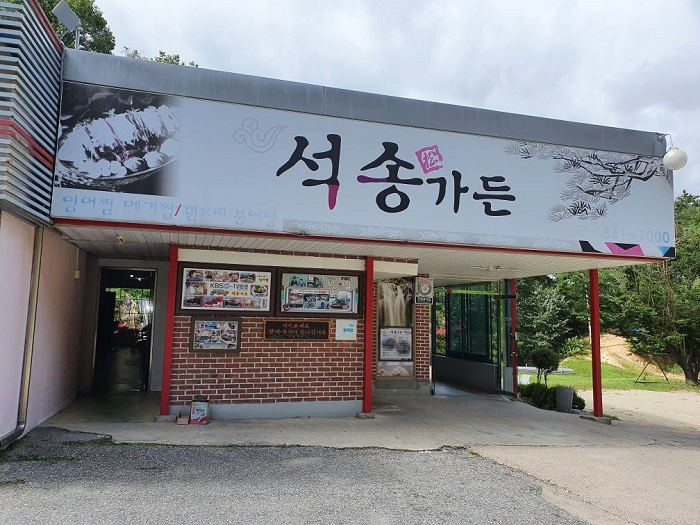
![CHIAMGOTAEK [Korea Quality] / 치암고택 [한국관광 품질인증]](http://tong.visitkorea.or.kr/cms/resource/31/2580131_image2_1.jpg)
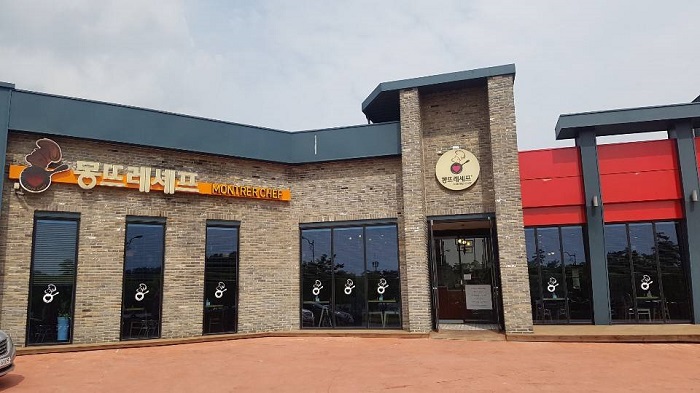
![Traditional Resort Gurume [Korea Quality] / 구름에 [한국관광 품질인증]](http://tong.visitkorea.or.kr/cms/resource/56/2581156_image2_1.jpg)
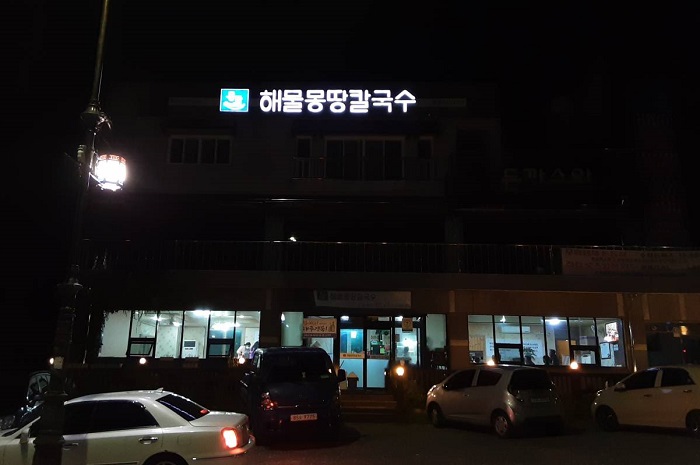
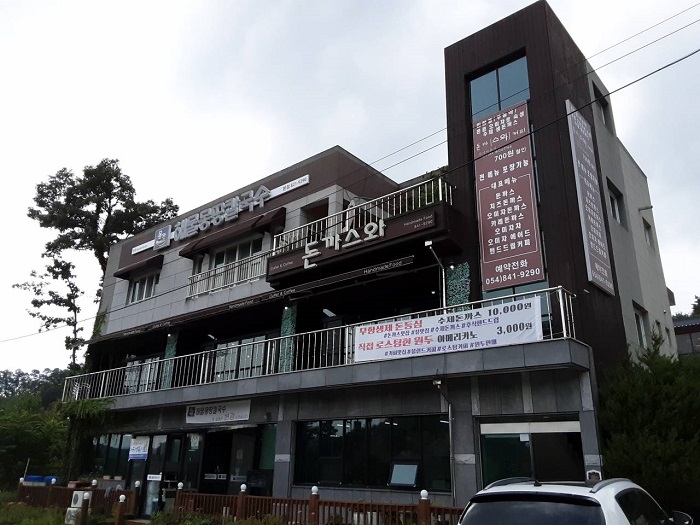
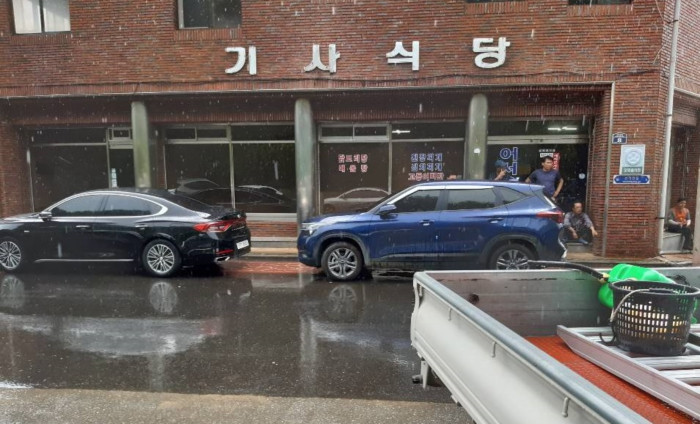
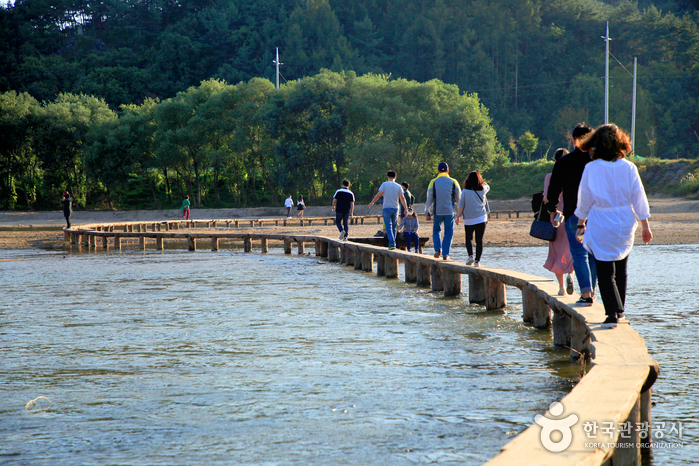
 English
English
 한국어
한국어 日本語
日本語 中文(简体)
中文(简体) Deutsch
Deutsch Français
Français Español
Español Русский
Русский